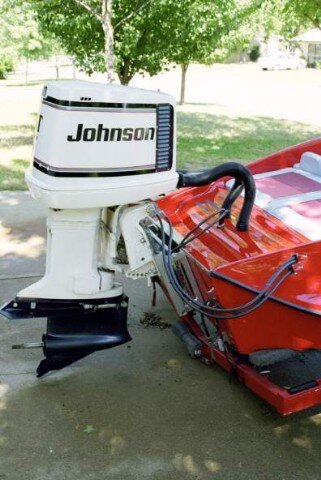Carbon fiber is tricky to work with.
The most common mistake in any composite resin/weave process is using polyester resin. Polyester resin sticks only too itself, and even then, only if laid wet-on-wet. Polyester resin is also porous, so it is not waterproof. Over time, polyester resin will allow the carbon fiber, which is quite hydrophilic, to absorb water, which will significantly increase the weight of the part.
The second most common mistake is two much resin. As you said, epoxy resin does not soak in, it must be worked through the cloth, but not too much or the carbon will float in the resin. Special rollers are made for the job, but vacuum bagging is also effective. The trick is using barely enough resin to saturate the weave, but not too much. Remember, epoxy is merely the glue that holds the fibers in place--the fibers are the strength. Extra epoxy adds no strength, merely more weight. The proper amount of resin is thorough saturation, but still able to see the pattern of the weave in the surface of the resin.
That said, I always use a slow-setting resin. First I wax the mold. Then I coat the mold with gelcoat or resin depending on the desired finish. Third, I wait for the fist resin coat to kick, then lay out the cloth. Next, I pour a little resin on the cloth and push it around with a plastic squeegee cut from a coffee can lid or milk carton (free!!). Then I lay a piece of Saran Wrap on the resin, which keeps the roller clean. Next, I roll the epoxy into the resin, working excess resin to the thin spots, and finally out from under the cloth to drip on newspapers on the floor. I let the resin set before removing the Saran Wrap, which leaves a very smooth finish, eliminating 90% of the sanding for paint prep.



 Feel free to hang out and lurk as long as you like. However, we would like to encourage you to
Feel free to hang out and lurk as long as you like. However, we would like to encourage you to 




